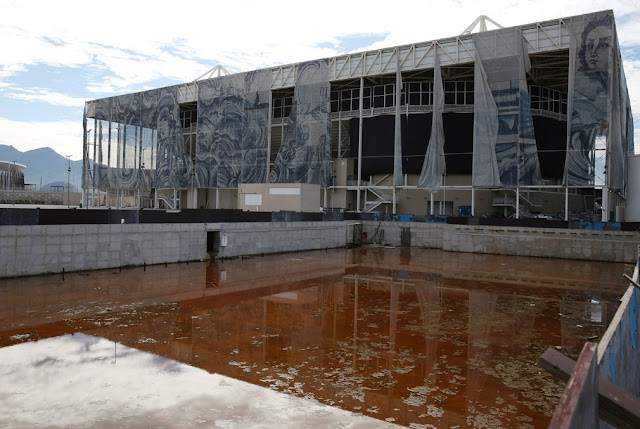It looks just like the US Pentagon but it's double the size! This Chinese knockoff is the largest unoccupied building in Shanghai according to media reports. A classic case of Chinese overspending, Pentagonal Mart, located in Shanghai's Nanhui district, spans out a massive 70 acres (compared to 34 acres for the Department of Defense headquarters in Washington DC.)
Most of the building has been unoccupied since construction ended in 2009 due to the mall's confusing interiors. The mall failed to attract retailers and according to media reports hope remained alive in the form of the Shanghai Disney Resort which opened in June 2016 and it's located just 8 km (5 miles) away.
SEE ALSO: More abandoned malls around the world // More abandoned places in China // LIST OF ALL DESERTED PLACES
For more deserted places, LIKE US on Facebook and FOLLOW US on twitter


































